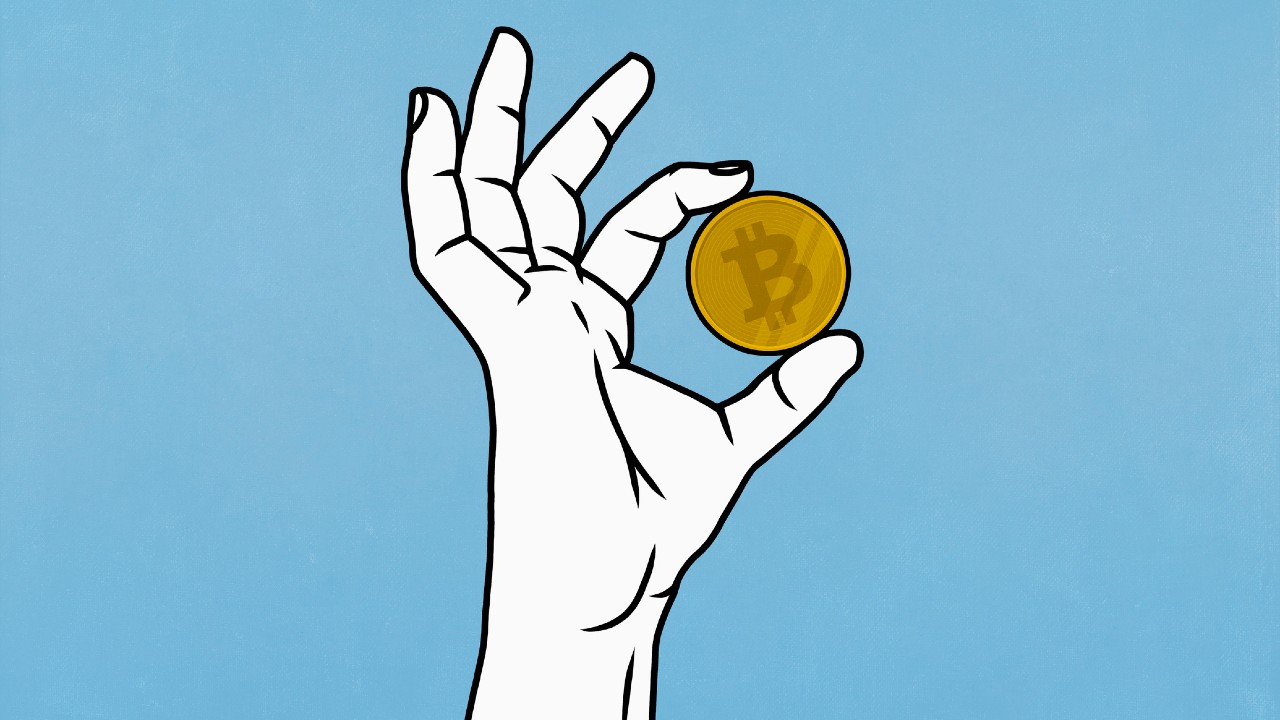The dream that decentralised finance – or “DeFi” – can free the monetary system from the clutches of governments and banks has helped launch 20,000 cryptocurrencies.
But with 2022 proving to be more of a crypto-nightmare – including for the vaunted “stablecoins” that held the most promise as rivals to central bank-issued currencies – questions are now being asked as to whether DeFi really has any future.
There are predictions the cryptocurrency market, having lost more than half its value in the first six months of 2022, could collapse further – or be on the point of a rebound. This speaks to that fact that crypto is great for gambling, but still lousy as usable currency. It lacks other useful attributes too.
To assess DeFi’s prospects, it is useful to consider how finance became centralised in the first place.
Money is a feature of increasingly sophisticated human networks. When we lived as bands of hunter-gatherers there was little need for it. One could keep an informal tally of favours owed.
With the greater complexity of settled communities, in which people specialised in activities matching their skills and preferences, the barter system became the norm.
But barter required a double coincidence of wants. Someone who had excess food and wanted help building a home had to find a hungry builder. They then needed to haggle over how many hours labour was a fair exchange for a meal.
So “money” was invented.
Money could be shells or some useful storable good. It could be a tally of debts safely recorded somewhere (the earliest forms of writing, dating from 3000 BC, were cuneiform financial records). Then came human-made tokens, which led to coins of rare metals.
Money meant people could save the rewards of their labour, and lend it to others. But bringing together lenders with borrowers, and assuring the lenders the borrowers would repay, was a challenge. This is why banks developed.
Banks didn’t just issue a convenient form of money in the form of coins and notes. They also provided four basic banking services:
The oldest bank still operating today is Italy’s Monte dei Paschi di Siena, founded in 1472.
But private banks with their own currencies was not a stable system. So-called “bank runs” occurred when depositors lost confidence in a bank and sought to withdraw their funds. When a bank was unable to redeem all the banknotes or deposits demanded, panic ensued.
Bank runs were often contagious. People found it hard to distinguish whether a bank had an idiosyncratic problem (such as a fraudulent manager) or was suffering from a general problem (such as an economic downturn leading to bad debts). A run on one bank would often trigger runs on others.
In the 20th century most countries resolved these problems by having a government-owned central bank issue currency and regulating private banks to assure depositors of their solvency. These regulations included requiring banks to keep a minimum proportion of their assets available for withdrawals and to take out deposit insurance.
This process of bank centralisation has not been universally applauded, however. Libertarians are suspicious of the system’s reliance on government-issued monopolies and licensed banks. They dislike banks almost as much as they do governments. They regard centralised finance as both inefficient and coercive.
Their dream: decentralised (or disintermediated) finance, enabling transactions directly, without the need for banking intermediaries. By cutting out the “middle man”, their pitch has been, transaction costs will be lower and the power of the state over individuals curbed.
With the internet and block-chain technology, these dreams have launched more than 20,000 cryptocurrencies, with the first, and still largest, being Bitcoin.
But as the massive losses within the cryptocurrency markets in recent months demonstrate, DeFi has yet to prove it’s a viable alternative to the centralised banking system. It remains unclear how the four banking services discussed above can be delivered without trusted financial intermediaries.
Indeed, according to economists with the Bank of International Settlements (the central bank of central banks):
While the main vision of DeFi’s proponents is intermediation without centralised entities, we argue that some form of centralisation is inevitable. As such, there is a “decentralisation illusion”.
As the BIS economists note, decentralised finance still has few real-economy uses. Mostly it has facilitated speculation. But what attracts speculators – wildly fluctuating prices – makes for a bad currency.
A salutary lesson comes from the experience of two (former) top ten cryptocurrencies, TerraUSD and its stablemate Luna. TerraUSD was supposed to a “stablecoin”, with its value pegged at US$1. That was true up to the beginning of May. By the end of May it was trading at less than 3 US cents. Over the same period Luna’s price dropped from $82 to 0.02 US cents.
These examples illustrate how cryptocurrencies such as Bitcoin, lacking any fundamental value, are speculative gambles.
So central bank currencies still really have no rivals for the everyday business of buying and selling things, and are still far safer stores of value than crypto, even with inflation eroding their purchasing power.![]()
John Hawkins, Senior Lecturer, Canberra School of Politics, Economics and Society, University of Canberra
This article is republished from The Conversation under a Creative Commons license. Read the original article.
© 2007 – 2022 Pedestrian Group
Now you can get the top stories from Gizmodo delivered to your inbox. Enter your email below.
By subscribing you agree to our Terms of Use and Privacy Policy.


